
O2 Filmes Shooting a McDonalds Spot with Blackmagic Design

We are having a nice interview with Paulo Barcellos of O2 Filmes. Paulo is the Post Production General Manager at O2 Filmes. We talk with him about a recent project for McDonalds in which O2 filmes used some special camera’s and also the grading software from Blackmagic Design.
BB: Tell us a little bit about O2 Filmes and yourself Paulo.
Paulo: O2 Filmes exist already 24 years and is a Brazilian Audio Visual production company. I work at O2 Filmes for 2 and a half years now as General Manager O2 Post. We produce for film, tv and commercials anywhere on the globe for major companies and brands. Advertising and the production of content such as TV series and Feature are the strongest sections for O2 Filmes.
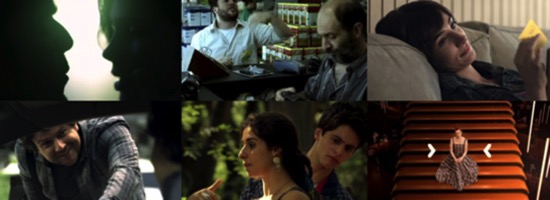
BB: Is communicating in the english language important at O2 Filmes? We noticed that your website besides Portuguese is also accessible in English.
Paulo: Absolutely.

BB: Did you see a growth in audio/video related productions in 2015 for O2 Filmes and how do you see the broadcast market in 2015 due to the Olympic Games:
Paulo: Despite the deep recession Brazil is facing this year, we are still seeing growth for the Post Production of entertainment projects such as TV Series and Features. We believe the Olympics next year in Rio de Janeiro will drive the production of advertising content up in the first semester of the 2016.
BB: Are you partnering with other foreign companies?
Paulo: Not at the moment, but we are open for it.
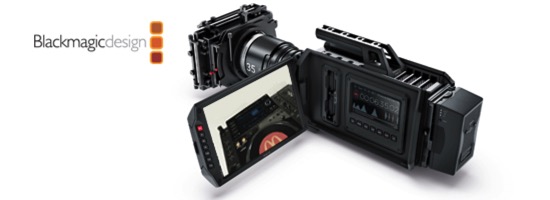
BB: This production for McDonalds was done with BlackMagic Design Camera’s. Can you tell us why your choose for this brand and type of camera?
Paulo: We believe these Blackmagic Design cameras meet the quality (both build quality and image quality) requirements for production of advertising and entertainment content. We’ve recently acquired three URSAS and two BMPCC4K, and we started using them on the McDonald’s ad. We like Blackmagic Design for their forward thinking vision, fast pace updates, excellent support and affordable prices.
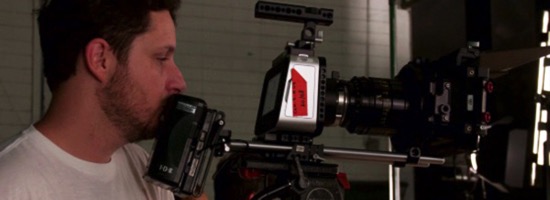
BB: Editing & Gradings was done in Davinci Resolve 12. Can you tell us why you edit in Davinci Resolve in stead of Adobe Premiere, Final Cut Pro X or Avid?
Paulo: All the editors that work at O2 Filmes are freelancers. Since Final Cut 7 was discontinued, lots of editors tried different software. Final Cut X was the natural choice, but it’s not been well received by editors, not because of lacking features (Apple has since addressed that with several updates) but specially because it brings a completely different form of editing and that was not well received by any pro editor that works with us. Premiere is much more friendly than FCPX, but Adobe subscription method has not been well adopted by the editors and since most of them learn on their own computer, most of them decided not to learn Premiere. A few editors that used it in projects outside O2 Filmes commented that for advertising it works well, but they don’t love it. Avid is excellent, but tends to be very bureaucratic for advertising work. We use it for feature films, but not for Ads. Finally, Blackmagic Design released DaVinci Resolve 12, and the internal joke the editors came up is that they are calling it “Final Cut 8”. It’s everything that the sucessor of Final Cut 7 was supposed to be. Editors were immediately familiar with the interface, and after we’ve done a few training sessions with them, everybody loved it. One of the most amazing feature of DaVinci is that both editing and color grading are done on the same app and a colorist can work simultaneously on the same project with an editor and that saves us a ton of time.
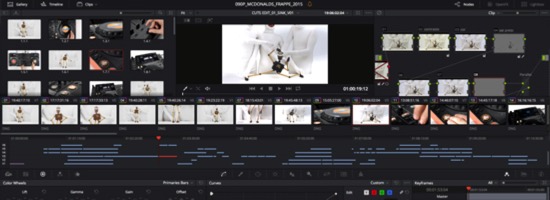
BB: Davinci Resolve is great for grading as we know. What was for O2 Filmes special (or not) to grade the footage from the URSA camera?
Paulo: We’ve shot RAW, it’s great because it enables a lot of small tweaks on the camera raw tab and we have a lot of freedom to manipulate the images.
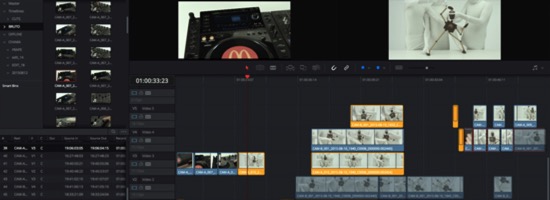
BB: Any surprising challenges in this production for McDonalds?
Paulo: The shot was supposed to be a one camera shoot, with the URSA, but we’ve decided to send the BMPCC 4K as an optional B camera, just in case the director wanted to do something handheld or get a few extra shots. The production ended up using both cameras almost all the time and that saved a lot of time in the shooting. Since the “B” camera was simple to assemble they didn’t require another camera crew for the B camera.
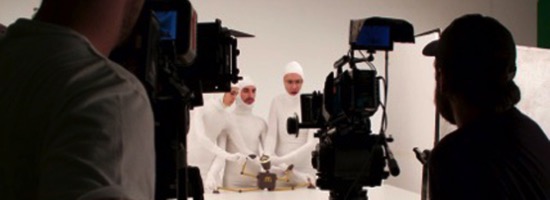
video of the final result:McDonalds Frappe
Like us if you want on Facebook, follow us on Twitter and Subscribe to our YouTube channel.
mentioned:
O2 Filmes : Website - Facebook - Twitter
Blackmagic Design : Website - Twitter